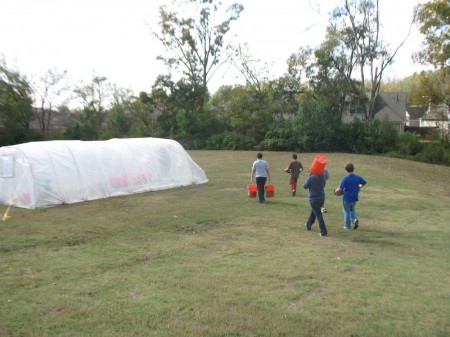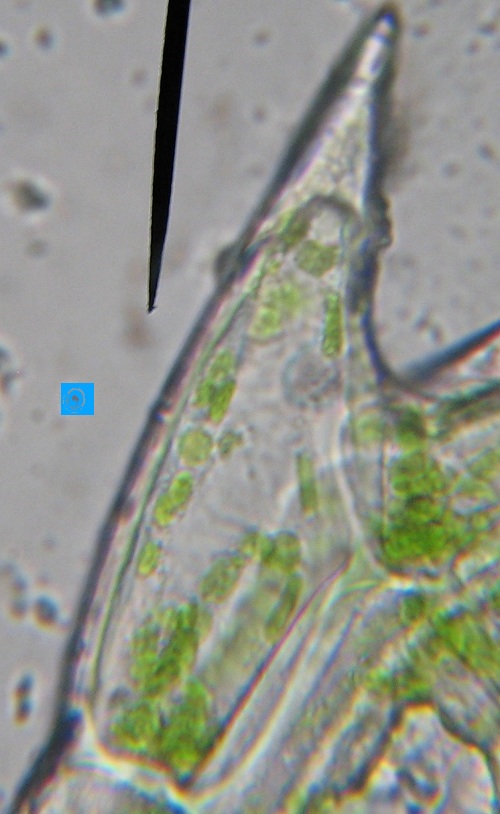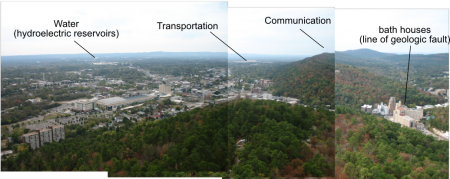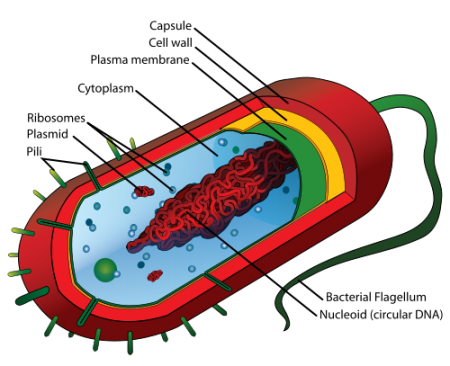Clarity of thought and the ability to persuade are important life skills that develop as the parts of the brain responsible for analytical thinking develop during adolescence. The persuasive essay is the most common form used to assess these abilities. During this cycle we will work on writing persuasive essays, but it is useful to remember that the pattern of these essays, with their beginning thesis statement, well organized persuasive paragraphs, and concluding statement, can also be used in many other types of presentation.
We can start by considering brain development, because during adolescence the prefrontal cortex matures. Located just above and behind the eyes, the prefrontal cortex is responsible for higher thinking: things like abstract analysis, controlling moods and planning. Not only does this part of the brain get bigger but the way the brain cells, called neurons, are connected also get substantially reorganized. New neural pathways develop as adolescents discover new and more sophisticated ways of thinking about themselves and the world around them.
However, just because the brain develops does not instantly mean we become instantly able to think abstractly. Practice tunes the brain. Repetition is what establishes new neural pathways and makes them bigger and wider.
Yet once we develop these skills, how do we show them to the world? This is where the power of the persuasive essay comes in: arguments require reasoning, logic and deft writing to convince. A good persuasive essay is a tour-de-force demonstration of these higher-level thinking skills. The ability to articulate a clear, straightforward thesis illustrates the ability to integrate disparate ideas. The sequencing of ideas in the paragraphs demands a strict adherence to logic. A beautiful turn of phrase or a description that paints a vivid picture brings the essay to life and captures the reader’s interest and imagination. Beauty appeals to the heart. Logic commands the brain. In combination, the persuasive essay appeals to the key attributes that make us human.
There are, of course, other methods for showing our prefrontal abilities, such as film, dance and oral argument, but these others lack the ease of distribution and the consideration of the audience offered to the reader of the persuasive essay. A simple missive, short and sweet, can be mailed, emailed or hand delivered quickly and efficiently. Furthermore, it places less stress on the reader. A good persuasive essay is necessarily concise; it says only what it has to to make its point. It also offers the reader great flexibility in how to take it in. By skimming the introduction and topic sentences the reader should be able to get the gist of the writer’s argument. Then the reader can choose to be drawn more deeply into the text, or even just an interesting paragraph, by the seduction of elegant prose. The reader can get an essay in myriad ways and can easily plunge into and out of it at will, wallowing in the language or skimming across the tips of the paragraphs.
So while a picture is worth a thousand words, the persuasive essay can convey, not just the ostensible argument on the page or even the message hidden in the subtexts, but the clarity of thought, the abstract thinking skills, and the logical control of the writer herself. A good essay tells as much, or more, about the writer than it does about the topic.





